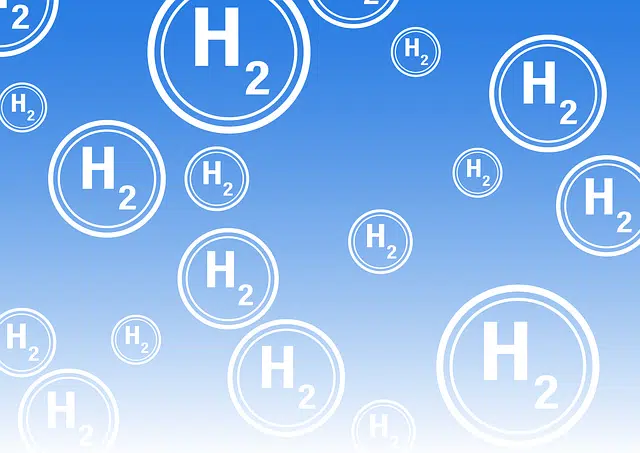
In a redox reaction, the reducing agent (which can be hydrogen, for example) releases electrons that are accepted by the oxidizing agent.
The concept of reducing agent is used in the field of chemistry , within the framework of reduction-oxidation reactions (also known as redox reactions ). In these reactions, the reducing agent releases electrons that are accepted by the oxidizing agent . This transfer involves a change in the oxidation state.
It can be said that these reduction-oxidation reactions involve two half-reactions. On the one hand, the reducing agent loses electrons and is oxidized; On the other hand, the oxidizing agent adds electrons and is reduced.
Function of reducing agent
Summarizing the development of redox reactions, we can say that the reducing agent gives up electrons and increases its oxidation number: that is, it is oxidized. The oxidizing agent, on the other hand, adds electrons and reduces its oxidation number (it is reduced).
Suppose a reaction occurs between chlorine and calcium . In this case, calcium acts as a reducing agent since it releases electrons and its oxidation number grows from 0 to 2 . Chlorine, on the other hand, acts as an oxidizing agent (adds electrons).
Reaction and oxidation, simultaneous processes
It is important to keep in mind that reduction and oxidation always occur simultaneously. Whenever a reducing agent acts in a reaction , there is also an oxidizing agent. The reducing agent is the one that is oxidized in the reaction and that provides electrons.
Hydrogen , for example , is a frequently used reducing agent. It is possible to obtain copper metal in a reaction where hydrogen is oxidized and releases electrons.

Carbon is a widely used reducing agent.
Examples of reducing agents
Let's see a list of other of the most used reducing agents, to more clearly appreciate the different applications they can have:
* carbon monoxide : used in metallurgy to reduce metal oxides. The temperature used to reduce ore in the blast furnace (the structure manufactured to fuse and reduce iron ores for future smelter processing) is approximately 900 °C;
* aluminum : since it is a chemical element (more precisely, a non-ferromagnetic metal) with a high chemical affinity with oxygen, metallurgy uses it as a reducing agent, and also to obtain those metals that are especially difficult to reduce, such as lithium and calcium, among others, through the procedure known as aluminothermal ;
* coal : its hydrocarbon derivatives are also reducing agents, among which are propane, butane, methane and gasoline, as well as organic compounds such as carbohydrates and fats. In the combustion of glucose, for example, which takes place in our own cells, a reaction occurs in which carbon acts as a reducing agent by changing its oxidation state;
*oxidizable non-metals : this category includes phosphorus and sulfur;
* materials that contain cellulose : here we can mention paper, wood and fabrics;
* alkali metals : although most metals can be considered reducing agents, as is the case with iron when it is oxidized by oxygen , alkali metals stand out for their special action in this context. Some examples are lithium , rubidium, potassium, and sodium;
* sugars : they undergo combustion when oxygen oxidizes them at a certain temperature;
* formic acid : also known as methanoic acid , it is an organic acid that has only one carbon atom , which is why it is considered the simplest of its group;
* hydrides : they are binary compounds that result from the union of a chemical element (such as a metal or a non-metal) and hydrogen atoms. It is worth mentioning that there cannot be noble gases in its composition.
During photosynthesis and the development of printed photographs, among other processes , reducing agents are also involved.
